SUMMARY
This is AI generated summarization, which may have errors. For context, always refer to the full article.
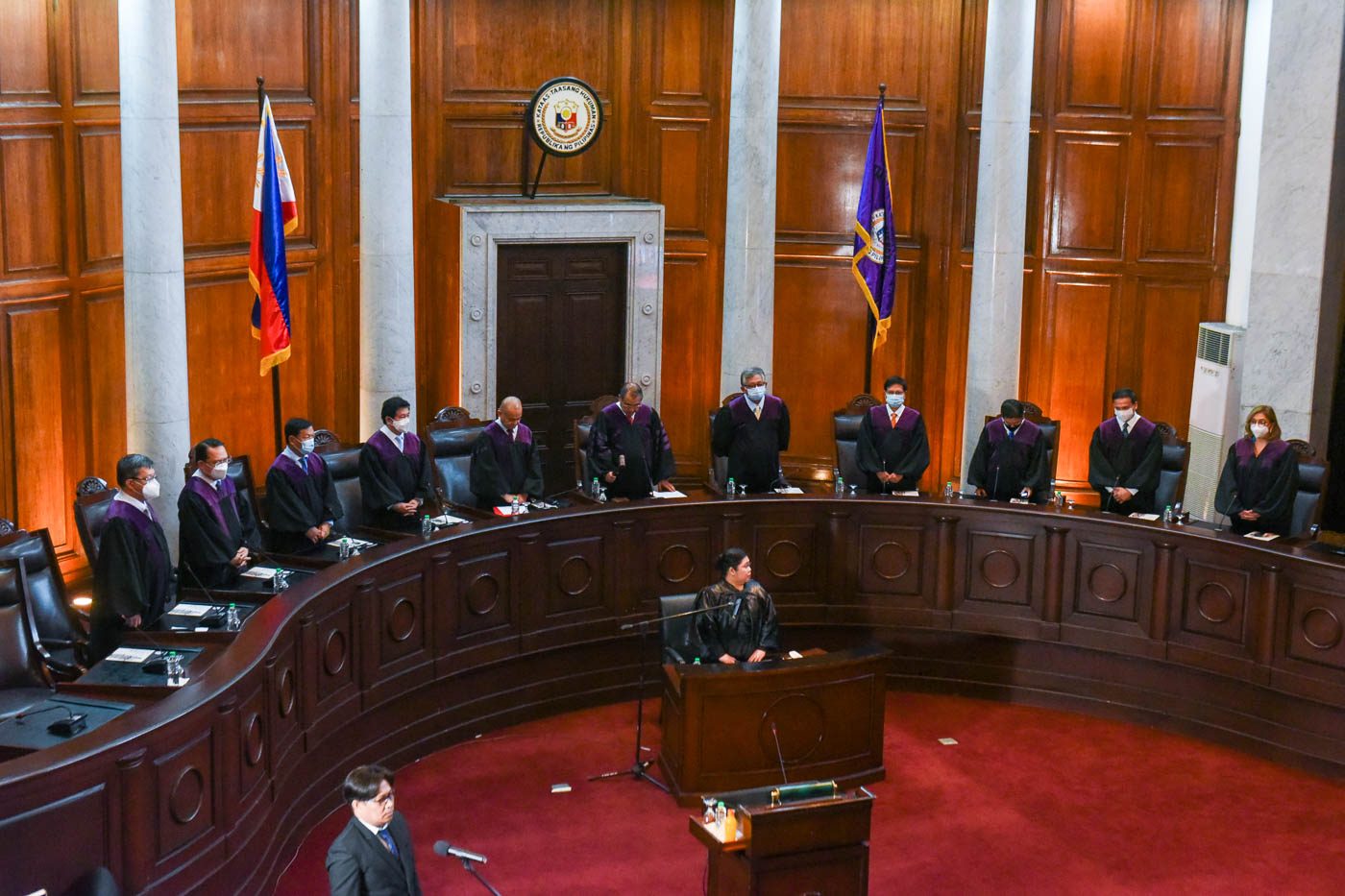
MANILA, Philippines – Incumbent President Ferdinand Marcos Jr. will get to appoint his first justice only by 2025, precluding resignations or unforeseen emergencies.
The Supreme Court (SC), considered the court of last resort, consists of the chief justice and 14 associate justices.
The current line up of High Court justices is composed of appointees of former presidents Benigno “Noynoy” Aquino III and Rodrigo Duterte.
Only two of the 15 current justices were appointed by Aquino, while the rest, including Chief Justice Alexander Gesmundo, are Duterte appointees. (See chart below.)
Based on tenure, Associate Justice Mario Lopez is the closest to retirement – he will end his term in June 2025. Meanwhile, four justices will remain until 2036: Associate Justices Ramon Paul Hernando, Jose Midas Marquez, Antonio Kho Jr., and Maria Filomena Singh.
Hernando, Marquez, Kho, and Singh will serve across four Philippine presidents – Duterte, incumbent President Marcos, and the two chief executives after Marcos.
Among existing magistrates, Justice Marvic Leonen is the most senior, followed by Associate Justice Alfredo Benjamin Caguioa. Chief Justice Gesmundo is Duterte’s most senior appointee.
Appointing power
In terms of appointees, late dictator Ferdinand E. Marcos holds the most number of appointed justices with 30 appointed associate justices and six chief justices. Because the late tyrant clung to power for over 20 years, he had the extended privilege of appointing more justices.
There were recent presidents, whose term is limited to only six years, who were unable to appoint chief justices because SC justices can serve only until 70 years old. Among them was Noynoy Aquino because his lone chief justice appointee – Maria Lourdes Sereno – was booted out of the High Tribunal.
Sereno was ousted via quo warranto, and was never considered to have become chief justice as her appointment was voided.
As a result of her ouster, Duterte was able to appoint four chief justices, including Teresita de Castro, who took over Sereno’s vacated post. De Castro served for only 46 days. After her, Lucas Bersamin took over as chief justice, serving for less than a year.
Early years
During the SC’s early years, the chief justices were appointed by US presidents since the Philippines was still an American colony at the time. The chief justice’s seat was, however, reserved for Filipinos, and Cayetano Arellano was chosen as the first chief justice. He is, so far, the chief justice who has served the longest – 18 years and 81 days.
Not all appointments to the High Court have been Filipinos because when the Philippine Supreme Court was established in 1901, American justices were allowed to sit as associate justices. Elias Finley Johnson, an American, was the longest serving associate justice who stayed in office for 29 years and 52 days.
When the Commonwealth of the Philippines was established in 1935, the power to appoint chief magistrates was transferred to the Philippine president. Since then, all the seats of associate justices have been taken by Filipinos.
Late chief justice Jose Yulo was the only chief magistrate who was not appointed by a president – he was chosen by the Philippine Executive Commission (PEC) headed by Jorge Vargas. The PEC assumed government functions in the country when it was under Japanese occupation from January 1942 to September 1943.
Since 1901, male justices have dominated the Supreme Court with only 18 female associate justices having been appointed. Among the 27 chief justices, only one is female – former chief justice De Castro.
SC justices through the years
In total, there have been 27 chief justices and 194 associate justices appointed from 1901 to the present (May 2023).
The most number of appointments were made during the 1980s. This was because when the late former president Corazon Aquino took over the presidency after dictator Marcos’ ouster, she called on SC justices to allow her make new appointments to the High Court. Some justices heeded the call and resigned. (See chart below. Click on the years to see corresponding appointments.)
Aquino reappointed both Hugo Gutierrez Jr. and Ameurfina Melencio-Herrera. The two were the only associate justices who have been reappointed by a president or an appointing power to the same position in the High Court.
Gutierrez was appointed by the late dictator in 1982 and served until February 1986. He was reappointed by Aquino in April 1986 and completed his term in March 1993.
Meanwhile, Melencio-Herrera, the second woman associate justice in the SC after Cecilia Muñoz-Palma, was appointed by Marcos in January 1979 and served until February 1986. She was reappointed by Aquino in 1986 and served until her retirement in May 1992.
Quick history
The SC was established through Act No. 136 of the Philippine Commission on June 11, 1901.
Although the Philippine Supreme Court has no direct connection to the Spaniards’ Real Audiencia de Manila, the audencias served as “backdrops in retelling the history of the present Supreme Court,” the High Court said. The Real Audiencia stood as a judicial body during the Spanish colonization, with the function of both trial and appellate court.
Article VIII, section 4 of the 1987 Constitution states that the High Court must be composed of a chief justice and 14 associate justices. Chief Justice excluded, the most senior justice usually holds the title of senior associate justice. – Rappler.com
Add a comment
How does this make you feel?
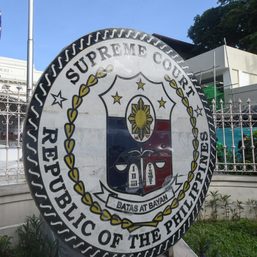
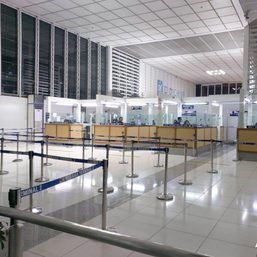

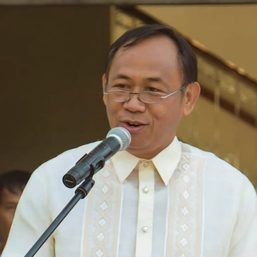
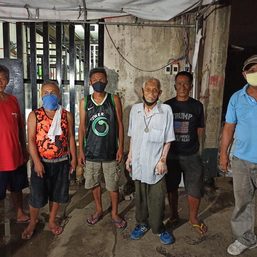
There are no comments yet. Add your comment to start the conversation.